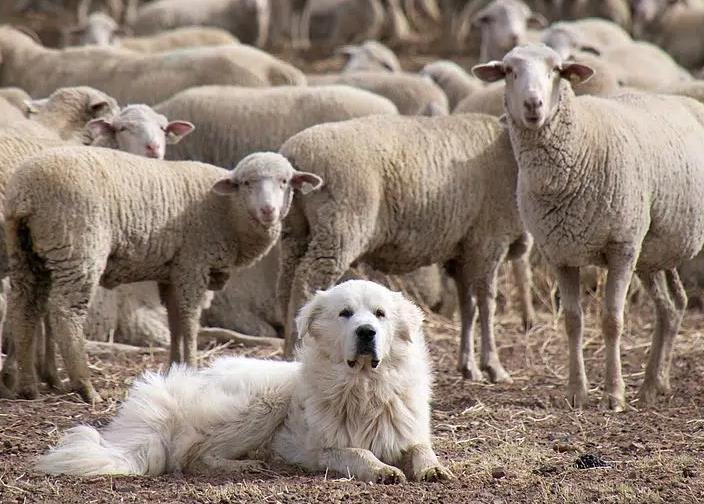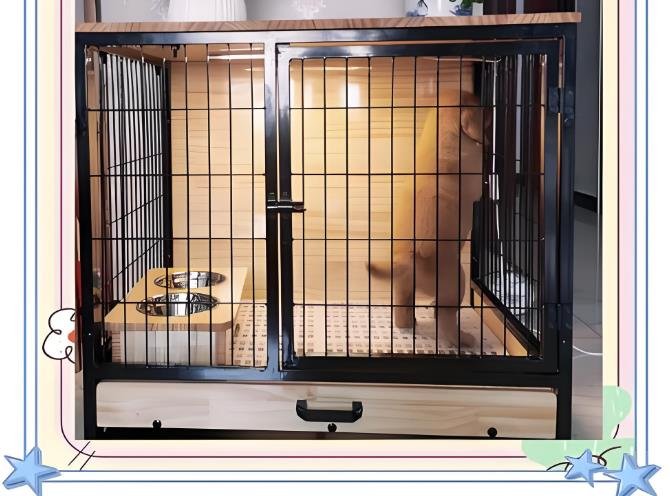Canine IQ Tests: Measuring Problem-Solving Skills at Home
While dogs don’t have “IQ” in the human sense, their problem-solving abilities, adaptability, and learning speed can be assessed through simple, fun experiments. Here’s how to test your dog’s cognitive skills at home:

- Basic Problem-Solving Tests
a. Towel or Blanket Test
Method: Place a treat under a towel or lightweight blanket while your dog watches.
Skill Measured: Problem-solving (figuring out how to retrieve the treat).
Scoring:
Fast success (<10 seconds): High adaptability.
Moderate effort (10–30 seconds): Average problem-solving.
Gives up: May need encouragement or simpler challenges.
b. Puzzle Toy Challenge
Method: Use a treat-dispensing toy (e.g., Kong, Nina Ottosson puzzle) or DIY a version with cups and boxes.
Skill Measured: Persistence and logical reasoning.
Scoring:
Solves quickly: Strong spatial reasoning.
Tries multiple methods: Creative thinker.
Abandons task: May prefer guided learning.
c. Container Test
Method: Hide a treat under an overturned cup or container and see if your dog can flip it.
Skill Measured: Understanding cause-and-effect.
Scoring:
Paws/nose to lift: Advanced cause-effect understanding.
Sniffs but doesn’t act: Needs more exploratory training.
- Memory & Social Learning Tests
a. Delayed Treat Test
Method: Show a treat, hide it in a spot your dog can’t see, wait 1–2 minutes, then release them to find it.
Skill Measured: Short-term memory.
Scoring:
Direct retrieval: Excellent recall.
Searches randomly: Relies more on scent than memory.
b. Social Learning (Imitative Skills)
Method: Demonstrate opening a door or lifting a lid to reveal a treat, then see if your dog copies you.
Skill Measured: Observational learning.
Scoring:
Mimics action: High social intelligence (common in breeds like Border Collies).
Ignores demo: Prefers independent problem-solving.

- Advanced Challenges
a. Barrier Test
Method: Place a treat behind a transparent barrier (e.g., baby gate) and see if your dog walks around it.
Skill Measured: Spatial awareness and adaptability.
Scoring:
Circumnavigates quickly: Strong spatial reasoning.
Stares/paws at barrier: Needs practice with obstacle courses.
b. Multi-Step Puzzle
Method: Create a challenge requiring two actions (e.g., pull a rope to access a lever that releases a treat).
Skill Measured: Complex problem-solving.
Scoring:
Solves within 5 minutes: Exceptional cognitive flexibility.
Requires hints: Benefits from incremental training.
- Interpreting Results
High Scorers: Often working breeds (e.g., Poodles, German Shepherds) excel at structured tasks.
Low Scorers: Scent hounds (e.g., Beagles) may prioritize smell over puzzles; adjust tests to scent-based games.
Note: “IQ” varies by breed and motivation—food-driven dogs may perform better! - Boosting Problem-Solving Skills
Daily Enrichment: Rotate puzzle toys, teach new commands, or hide treats in cardboard boxes.
Positive Reinforcement: Reward attempts (even failures) to encourage persistence.
Avoid Frustration: Keep sessions short (5–10 minutes) and fun.
Remember: A dog’s “intelligence” isn’t just about puzzles—loyalty, empathy, and adaptability matter most in real-life scenarios! 🐾







